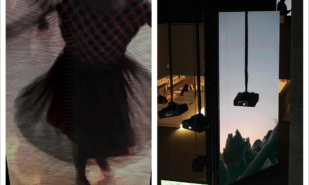Dame Lucie Rie is a name that often remains at the forefront of conversations about modern ceramics, yet she is sometimes overlooked when discussing important artists of the 20th century.
Lucie Rie: The Trailblazing Journey of a Modern Ceramic Pioneer
| Author | |
|---|---|
| Category | Town |
| Date | August 1 2023 |
| Reading Time | 3 min. |
Lucie Rie: The Trailblazing Journey of a Modern Ceramic Pioneer
Lucie Humpetz (after marriage, Rie) is hailed as a pioneer of modern ceramics.
Born into a privileged Jewish family in Vienna in 1902, her father, a doctor, had the privilege of consulting with none other than Sigmund Freud. At the age of 20, she embarked on her artistic journey at the School of Arts and Crafts Kunstgewerbeschule. In 1925, Lucie Rie courageously opened her first studio in Vienna, showcasing her works at the prestigious World Exhibition in Paris that same year. Her time in the Viennese workshop introduced her to the modernist Josef Hoffmann, whose friendship had a profound impact on her creative vision and artistic taste.
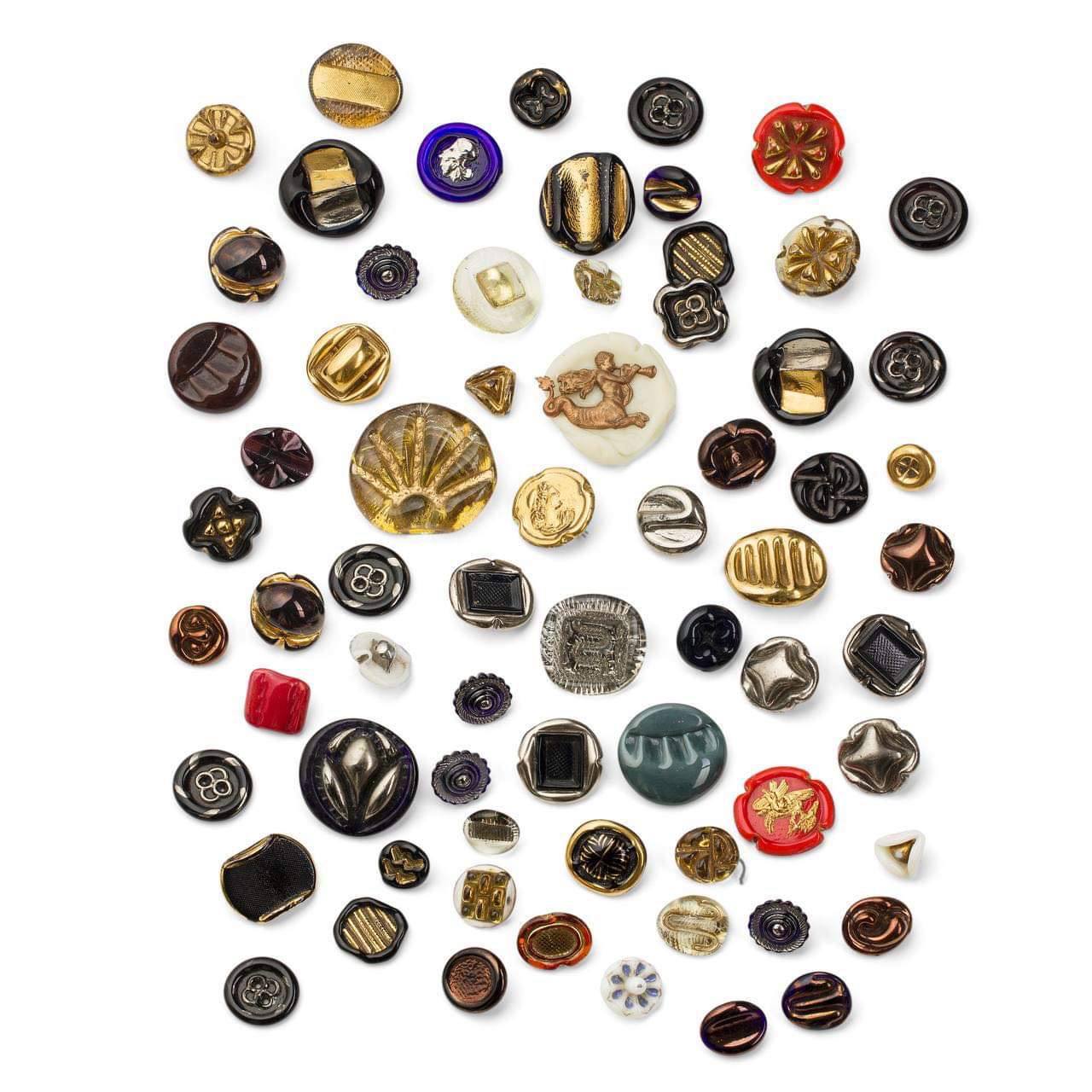
The following decade marked a period of experimentation and the evolution of Lucie’s distinctive creative approach. Her talent was recognized with prestigious accolades, including a silver medal at the 1937 World Exhibition in Paris, where Pablo Picasso’s iconic “Guernica” also debuted.
Tragically, in March 1938, the annexation of Austria by Hitler brought an end to Lucie Rie’s ceramics career in her homeland. However, the Rie family managed to escape and find refuge in Great Britain.
At the age of 36, Lucie Rie began anew in London, diligently crafting extraordinary ceramics that would challenge the dominance of Bernard Leach and his school of thought. Leach and his followers championed ceramics as a craft, harkening back to the handmade functional pots of England’s past, moving away from mass-produced wares.
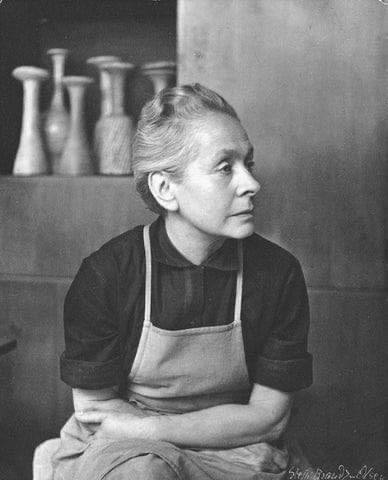
Lucie’s immigrant status in Britain meant she lost her license for trading and manufacturing pottery, leading her to turn to the fashion industry. Despite facing adversity during and after the war, she ingeniously created accessories like ceramic buttons, jewelry, and umbrella handles, which adorned the shelves of London’s esteemed department stores. Some of these prized items now grace the exhibitions of the Victoria and Albert Museum in London as part of the Lisa Sainsbury Collection at the Sainsbury Centre for Visual Arts in Norwich, Norfolk.
Fashion designer Jonathan Anderson’s London townhouse boasts a passionate collection of studio ceramics, with a special place reserved for Lucie Rie’s works among the shelves at LOEWE.
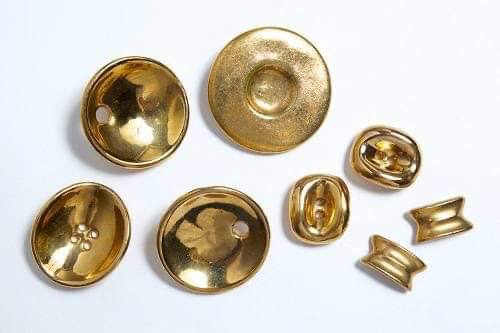
In her own studio at 18 Albion Mews, a converted stable near Hyde Park, Lucie Rie’s creative prowess knew no bounds. Her “button factory” employed 18 people, producing over 6000 buttons per month. These buttons, often quite large, became a canvas to showcase her skillful use of glazes and artistic effects, bearing names like “Rose,” “Stars,” and “Lettuce,” adding a touch of elegance to high fashion of the time.
Even after the war, Lucie Rie’s focus on ceramics never waned, though she occasionally accepted commissions for her unique buttons. Her studio remained a timeless sanctuary where she worked tirelessly for fifty years, eventually becoming the Ceramic Gallery of the Victoria and Albert Museum in 2009.
Not only was she a brilliant artist but also an influential teacher, sharing her knowledge from 1960 to 1972 at the Camberwell College of Arts. Her masterpieces can be found in private and museum collections worldwide, from the Museum of Modern Art in New York to the York Art Gallery in the UK, the Carnegie Museum of Art in Pittsburgh, and the Paisley Museum in Scotland.
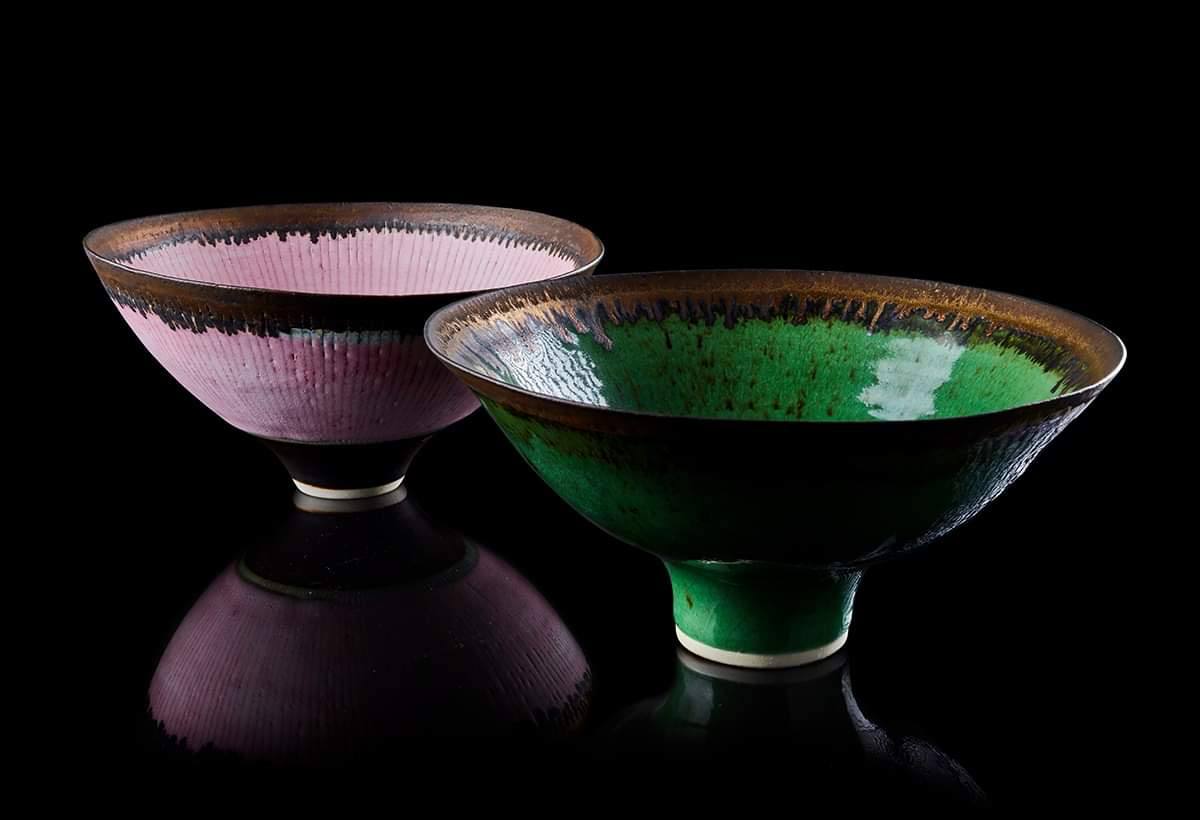
Lucie Rie’s 60-year-long career left an indelible mark on countless potters, and she even designed a unique kiln for firing ceramics. Her contributions to the art world were celebrated with several degrees of the Order of the British Empire, including Officer (OBE), Commander (CBE), and Dame (DBE). She also received honorary doctorates from the Royal College of Art and Heriot-Watt University.
In 1984, Lucie Rie crossed paths with fashion designer Issey Miyake, generously gifting him her extensive button collection, which inspired his autumn-winter collection in 1989.
Retiring in the 1990s, Dame Lucie Rie was recognized for her invaluable contributions to British art and culture. Her legacy lives on as she shattered stereotypes in the male-dominated medium of ceramics, revolutionizing the approach to ceramic art. Her profound influence is evident in the works of many contemporary artists, such as Emmanuel Cooper, John Ward, and Sara Flynn. With her art reaching far and wide, Lucie Rie is truly a global artist, and she now rightfully stands as not only a remarkable ceramicist but one of the most significant artists of the 20th century.

